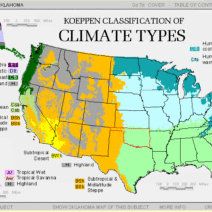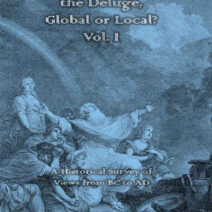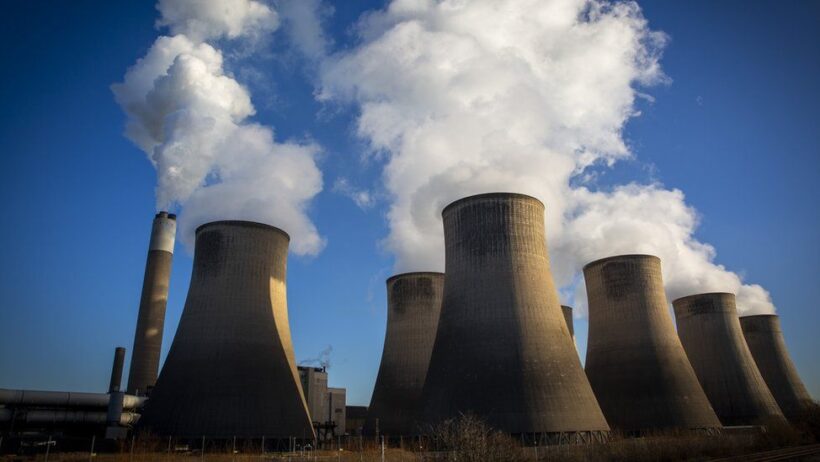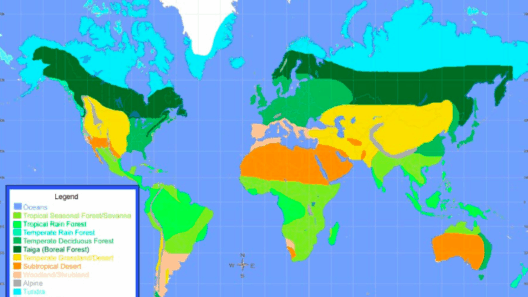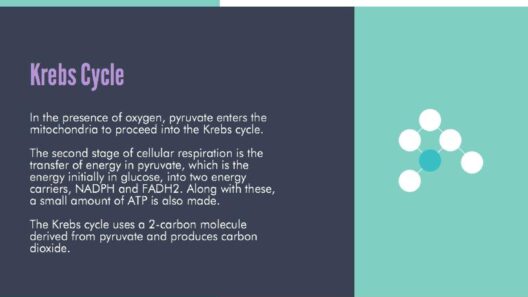The burning of fossil fuels stands as one of the primary culprits in the tale of climate change, akin to a ravenous beast that devours the very fabric of our atmosphere. The science elucidating the relationship between fossil fuel combustion and global warming is both intricate and urgent. Understanding this nexus is not merely an academic exercise; it is a matter of survival for humanity and the myriad ecosystems that rely on a stable climate.
To comprehend how burning fossil fuels aggravates global warming, one must first grasp the basic mechanics of greenhouse gases (GHGs). Fossil fuels, which include coal, oil, and natural gas, are composed of carbon-rich organic materials formed over millions of years. When ignited, these fuels release carbon dioxide (CO2), methane (CH4), and nitrous oxide (N2O) into the atmosphere. Herein lies the crux: these gases possess the capacity to trap heat from the sun, creating a “greenhouse effect.” This phenomenon acts as a thicker blanket around the Earth, causing temperatures to rise.
To paint a clearer picture, imagine the Earth as a delicate greenhouse garden. The sun’s warmth bathes the plants, fostering growth and sustaining life. However, without proper ventilation, excess heat accumulates, leading to an inhospitable environment. Fossil fuel combustion creates this scenario by adding more carbon to the atmosphere, thereby thickening the blanket that covers our planet. The symbiotic relationship between fossil fuels and greenhouse gas emissions exacerbates the challenge of climate stability, akin to a well-meaning gardener unwittingly suffocating the very plants he seeks to nourish.
The concept of the greenhouse effect is not novel; it has been recognized for over a century. The work of scientists like John Tyndall in the 19th century laid the foundation for our understanding of how particular gases absorb infrared radiation. Fast forward to contemporary times, and the data is staggering. According to the Intergovernmental Panel on Climate Change (IPCC), the concentration of CO2 in the atmosphere has surged from about 280 parts per million (ppm) in pre-industrial times to over 410 ppm today. This stark increase correlates with the rise in fossil fuel consumption since the Industrial Revolution.
Moreover, the persistence of these gases in the atmosphere significantly amplifies their effect. Methane, for instance, while less prevalent than CO2, is over 25 times more potent as a greenhouse gas over a 100-year period. It primarily originates from methane-rich fossil fuels such as natural gas, as well as agricultural practices. The release of these potent gases acts as a force multiplier in the context of global warming.
Several consequences emerge as a result of increased greenhouse gas concentrations. Firstly, the Earth’s average temperature is escalating, leading to changes in weather patterns. This alteration manifests in more frequent and severe weather events such as hurricanes, droughts, and floods. Ecologists liken this to a meticulous ballet being thrown into disarray, where each dancer represents a component of the climate system. As temperatures rise, the rhythm becomes erratic, affecting every species from the humble insect to the imposing elephant.
Secondly, the melting of polar ice caps and glaciers is a tangible consequence of climate warming driven by fossil fuel combustion. The art of preserving these frozen landscapes is pivotal for maintaining sea levels and regulating global temperatures. Their gradual disappearance signifies not just a loss of habitat but also threatens coastlines worldwide. The tale of melting ice is reminiscent of a once-sturdy dam, now slowly but relentlessly eroding, poised to unleash torrents of change upon the world.
One might ponder whether combating the effects of fossil fuel consumption is feasible. Indeed, the pathway toward mitigation is paved with both challenges and opportunities. Transitioning to alternative energy sources—such as solar, wind, and hydroelectric power—offers a beacon of hope. These renewable energies are akin to the calm after a storm, providing cleaner, sustainable power that eschews the drawbacks of fossil fuel dependency.
Additionally, advancements in technology hold promise for carbon capture and storage (CCS), which aim to prevent CO2 from entering the atmosphere. This method is a modern-day knight in shining armor, valiantly combating climate change by ensuring that emissions from fossil fuel combustion are captured at the source and stored underground. Moreover, energy efficiency measures can curtail fossil fuel reliance, significantly reducing consumption and, consequently, emissions.
However, society must navigate the sociopolitical landscapes that often complicate the pursuit of a fossil-free future. The fossil fuel industry is deeply entrenched in global economies, and many communities depend on it for employment and energy. As societal consciousness shifts, so too must policies that promote sustainable energy development, equitable transitions, and fair job opportunities for workers displaced by the fossil fuel industry.
In conclusion, the burning of fossil fuels unequivocally contributes to global warming through the release of greenhouse gases that trap heat in our atmosphere. The metaphorical and literal impacts of this process ripple through climate systems and affect global ecosystems. By understanding and addressing the implications of fossil fuel combustion, we stand at a crossroads, equipped with the knowledge necessary to forge a sustainable path forward. The choice is not merely in our hands; it is a responsibility we must shoulder for future generations. Embracing renewable energy sources, enhancing energy efficiency, and fostering technological innovation will enable humanity to mitigate the long-term impacts of fossil fuels. The future lies ahead—a climate-controlled and sustainable world awaits those willing to act.

